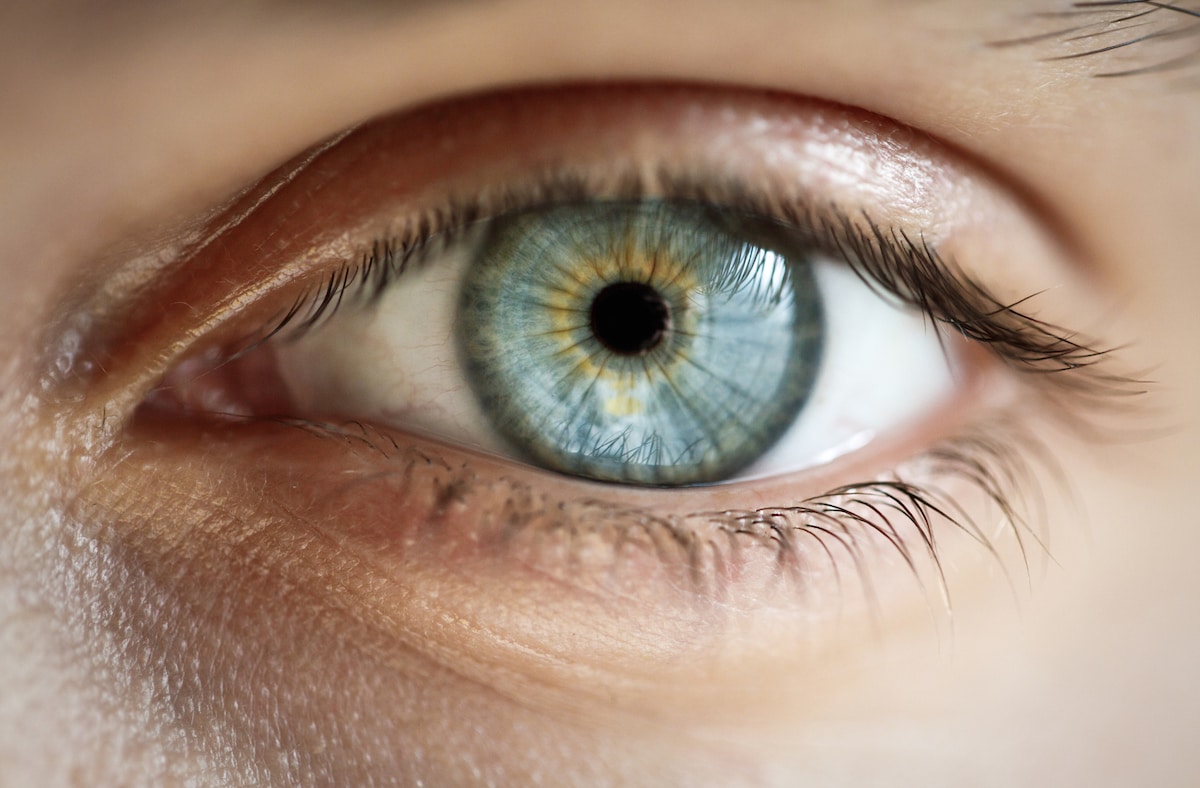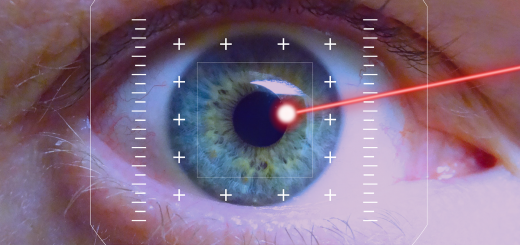How Does Lasik Surgery Work, And Is It Worth It?
LASIK is a type of refractive surgery. This kind of surgery uses a laser to treat vision problems caused by refractive errors. You have a refractive error when your eye does not refract (bend) light properly. For you to see clearly, light rays must travel through your cornea and lens. The cornea and lens refract the light so it lands on the retina. The retina turns light into signals that travel to your brain and become images. With refractive errors, the shape of your cornea or lens keeps light from bending properly. When light is not focused on the retina as it should be, your vision is blurry.
With LASIK, your ophthalmologist uses a laser to change the shape of your cornea. This laser eye surgery improves the way light rays are focused on the retina. LASIK is used to treat myopia (near-sightedness), hyperopia (farsightedness) and astigmatism.
Who Is a Good Candidate for LASIK Surgery?
To have LASIK surgery, you need to meet certain requirements. Here are some of them:
- You should be 18 years or older (ideally, over 21 years old, when vision is more likely to have stopped changing).
- Your eye prescription should not have changed much in the last year.
- Your refractive error must be one that can be treated with LASIK.
- Your corneas need to be thick enough and healthy, and your overall eye health must be generally good.
Some people are not candidates for LASIK. They include people with:
- an unstable (changing) refractive error
- extreme levels of myopia, hyperopia or astigmatism
- severe dry eye
- corneas that are too thin
- corneal scars or disease
- keratoconus (cone-shaped cornea)
- advanced glaucoma
- a cataract affecting vision
- a history of having certain eye infections
- diabetes that is not controlled well
Also, women who are pregnant or breastfeeding should not have LASIK. This is due to vision changes that can happen during pregnancy.

What to Expect With LASIK
- Before the laser eye surgery
You and your ophthalmologist will discuss your vision needs based on your lifestyle. For example, if you play sports, you may be seeking clear distance vision from surgery. Also, you and your ophthalmologist should discuss your expectations for LASIK. People who have LASIK to achieve perfect vision without glasses or contacts run the risk of being disappointed. This laser eye surgery allows people to do most of their everyday tasks without corrective lenses. However, you might need to wear glasses for certain activities, such as reading or driving at night.
- During LASIK
This laser eye surgery is done in an outpatient surgery center or your ophthalmologist’s office. Your eye surgeon uses a laser to reshape your cornea. Here is what to expect:
- Your eye will be numbed with eye drops.
- Your eye surgeon will place an eyelid holder on your eye to keep you from blinking. They will also place a suction ring on your eye to keep it from moving. You will feel pressure like a finger pressing firmly on your eyelid. At this point, your vision will go dim or black.
- Using either a device called a microkeratome or a laser, your ophthalmologist makes a paper-thin flap in the cornea tissue. Then they lift and fold the flap back.
- You will be asked to stare at a target light so that your eyes will not move. The ophthalmologist then reshapes your cornea using a laser. The laser is a special instrument that has been programmed with measurements for your eye.
- While your ophthalmologist is using the laser, you will hear a clicking sound. After reshaping the cornea, your eye surgeon folds the flap back down into position and smooths the edges. The flap attaches on its own in 2–3 minutes, where it will heal in place.
- After LASIK
The ophthalmologist may place a see-through shield over your eye or ask you to wear a shield while sleeping for a few days. This is to help protect your eye while it heals. You should plan to go home and take a nap or just relax after the surgery. For a few hours, your eyes may feel scratchy or feel like they are burning. You will be given special eye drops to reduce dryness and help your eye heal.
Vision after LASIK
About 9 out of 10 people (90%) who have LASIK end up with vision between 20/20 and 20/40 without glasses or contact lenses. It is important to know that LASIK cannot correct presbyopia. This is the normal, age-related loss of close-up vision. With or without refractive surgery, almost everyone who has excellent distance vision will need reading glasses after around age 40.
To help with presbyopia, some people have LASIK to get monovision. This means one eye is left slightly near-sighted and the other eye is adjusted for distance vision. The brain learns to adapt so that the near-sighted eye is used for close work, while the other eye sees distant objects. Monovision is not for everyone. To see if you are able to adapt to this correction, you will probably want to try monovision with contact lenses first.

What Are the Risks of LASIK?
Like any surgery, LASIK carries risks of problems or complications you should consider. Some people have side effects after LASIK that usually go away over time. However, in rare cases, they may not go away. For example, almost everyone who has LASIK will have dry eyes and changing vision during the day. These symptoms usually fade within a month. For some people, though, they may take longer to disappear or they may remain. Also, with LASIK, your vision may end up being under-corrected or over-corrected. These problems often can be improved with glasses, contact lenses, or additional laser surgery.
If you are happy wearing contacts or glasses, you may not want to have refractive surgery. Together, you and your ophthalmologist can weigh the risks and rewards of LASIK.
The Final Decision
When it comes to LASIK eye surgery, there are no right answers. Carefully consider the factors outlined here, weigh your preferences and risk tolerance, and make sure you have realistic expectations. Talk to an eye surgeon in whom you feel confident and get your questions answered. In the end, if it feels right, then proceed, but if it doesn’t, don’t rush into anything.



